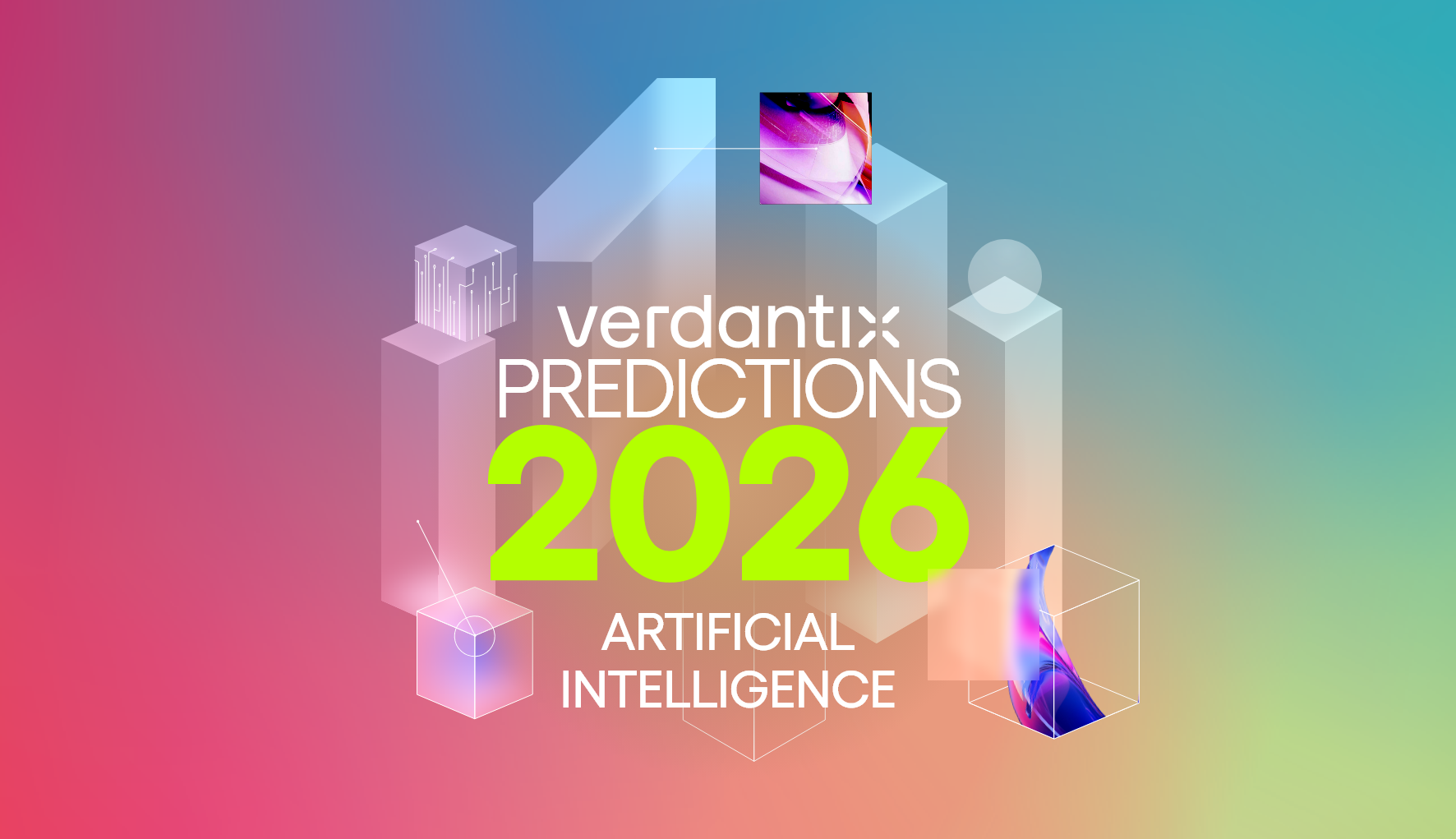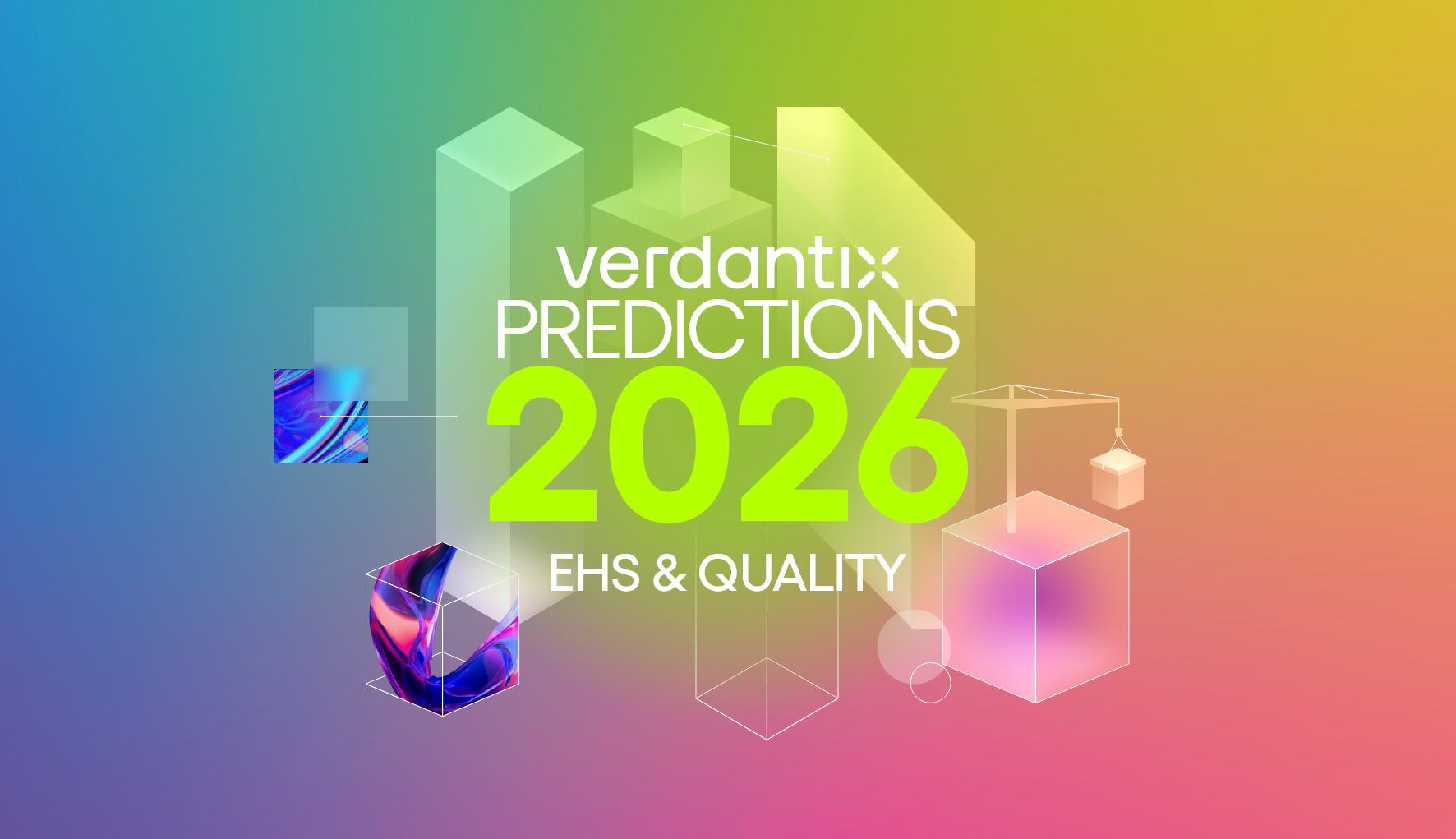AI Regulation Is Here: Vendor Risks From The EU AI Act’s August Deadline
On August 2, 2025, core provisions of the EU Artificial Intelligence Act came into effect. This marks an inflection point for AI software firms serving clients in the EU, as the milestone makes rules governing general-purpose AI (GPAI), the regulatory framework and financial penalties legally binding. The final compliance deadline of August 2, 2027, will mandate the use of approved GPAI models under Article 6(1). While the regulations apply uniformly, their focus on scaled penalties and model development means larger vendors will be most impacted – though smaller software firms in highly-regulated industries will face equivalent scrutiny.
The deadline surfaces three key risk factors for AI software vendors:
- Foundational model compliance risk.
As of August 2, 2025, a vendor’s choice of foundational model becomes a primary compliance decision. While some major developers like Google and OpenAI have aligned with the EU’s voluntary AI code of practice, others – notably Meta – have not. This divergence is critical for vendors building on popular open-source models like Llama 3 (see Verdantix Market Trends: LLMs And AI Cloud Services). As ‘downstream providers’, vendors inherit significant liability and are responsible for the final system. With fines for GPAI-related breaches reaching up to €30 million or 7% of global turnover, vendors must become the de facto auditors of their AI supply chain. - High-risk application classification.
The legal framework for notified bodies (Chapter III, Section 4) also activated on August 2, meaning that a vendor’s go-to-market strategy dictates its compliance burden. Integrating any AI model into high-risk application systems – such as recruitment or high-risk infrastructure – triggers the Act’s most stringent requirements, including third-party audits. This will escalate providers’ regulatory costs and operational overhead. Vendors building long-term product roadmaps and strategies should factor AI risk classification into decision-making now, especially as full conformity assessments take effect in 2026. - Auditability and governance risk.
According to a 2025 IBM report, 13% of organizations globally reported breaches of AI models or applications. As enterprise AI adoption increases – with Verdantix research finding 88% of firms will have implemented GenAI by the end of 2025 – the potential for large-scale cyber security incidents mounts. The EU AI Act attempts to mitigate AI security risk through the establishment of the AI Office and the European AI Board – the enforcement bodies for vendor reporting. While open standards like the Model Context Protocol (MCP) promise interoperability, the Act introduces regulatory friction. Downstream providers are now responsible for assessing the compliance of every tool and connection in their AI value chains, complicating multi-vendor agent ecosystems.
The EU’s AI Act puts Europe on a divergent path from the US, with its low-regulation focus on AI, and China, with its state-driven push for mass AI application. The activation of EU AI Act provisions on August 2nd means that vendors must assess their current and future regulatory concerns and proactively scrutinize their AI value chains. For more insight on navigating the evolving AI regulatory landscape, visit the AI Applied Insights page.
About The Author

Aleksander Milligan
Analyst




